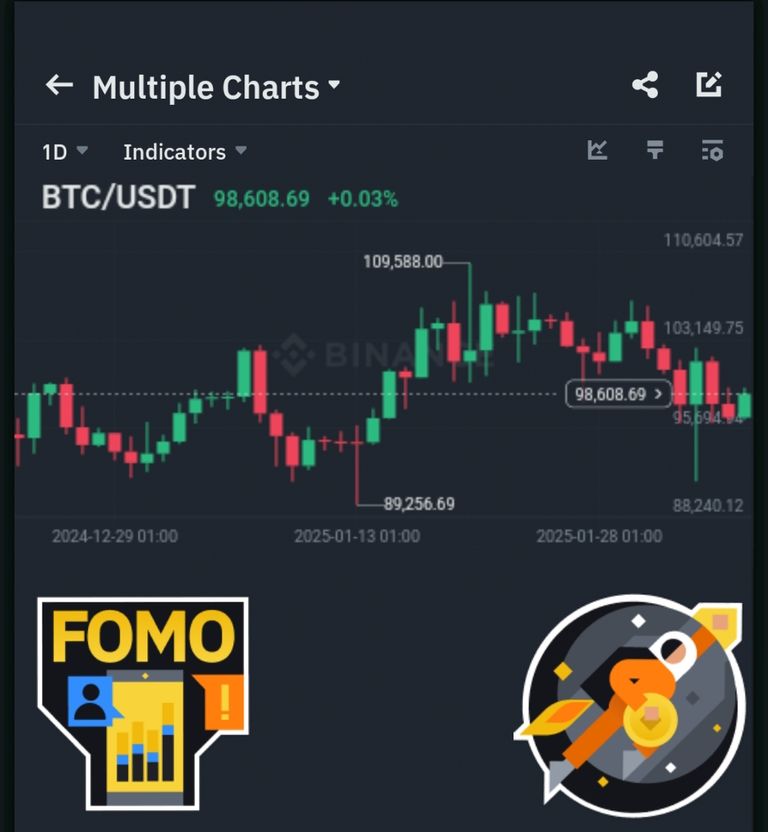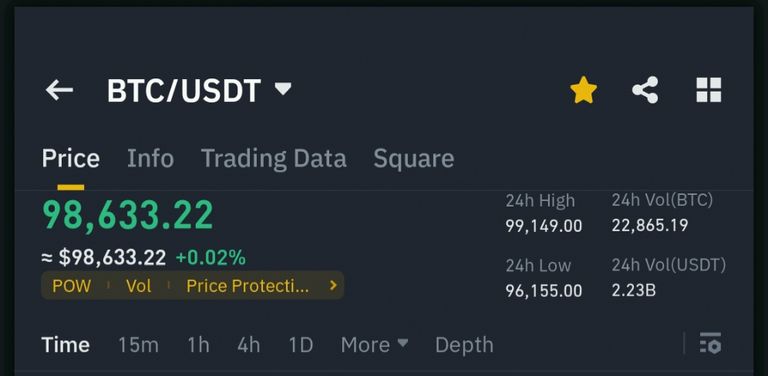Market sentiment talks about the general feeling of market participants towards a particular asset. This sentiment can be brought about by series of factors which includes market speculation, news, economic data etc.

What Are The Factors That Influence Market Sentiment?
The sentiment of the market can be drafted by several factors which includes;

The Central Bank Policies: The monetary policies or Interest rate changes' move influence sentiment thereby causing affect on borrowing and investment.
Country's Economic Data: There are reports like inflation, GDP, and employment which impact how traders view the market strength.
The Corporate Earnings: Sometimes the weak or strong company earnings reports gets to affect the confidence in certain sectors.
Geopolitical Events: When there is elections, war, trade disputes, and some other global developments, it creates uncertainty towards the market direction.
Media and News: The broadcasters can give a headline and a breaking news which can rapidly shift sentiment, by causing emotional reactions.
How Do The Market Sentiment Reflect On The Emotions Of Market Participants?
Here's a brief contribution:

Market sentiment plainly reflects the aggregate emotions observed in investors, causing them to feel fearful, greedy or optimistic. It really happens like magic! When the market participants have a good feeling and are confident about the future, the prices tend to rise, and when they are uncertain and fearful, they get to sell off their assets which causes price to drop. As we get to understand the emotional drivers right behind the whole sentiment, i believe it can surely help traders to anticipate potentially in the price moves.
How To Incorporate Sentiment Analysis Into Your Current Trading Strategy!
Here are few ways through which traders can incorporate sentiment analysis which includes;
A.) Strengthen with Other Analysis: Putting together sentiment insights by using the fundamental and technical analysis to strengthen trade decisions.
B.) Staying Active: Learn to adjust positions depending on the shifts in sentiment while you adhere to widen trading strategies.
C.) Monitor The Sentiment Indicators: Always tend to review the call/put ratios, sentiment surveys or VIX.
Did you grab an insight on how to manage the sentiment of the market? You are good to go, as you apply these strategies.

Thanks for reading through
